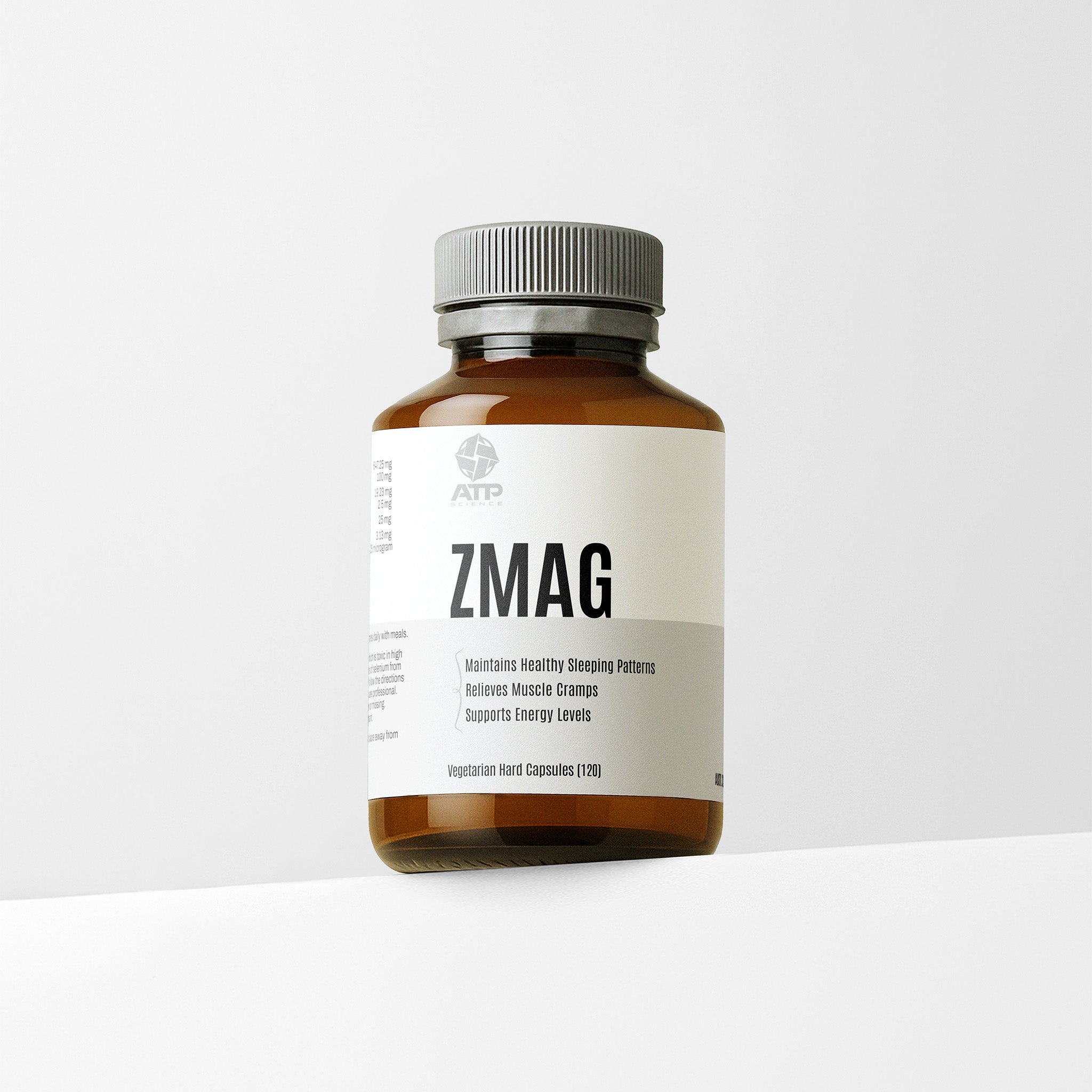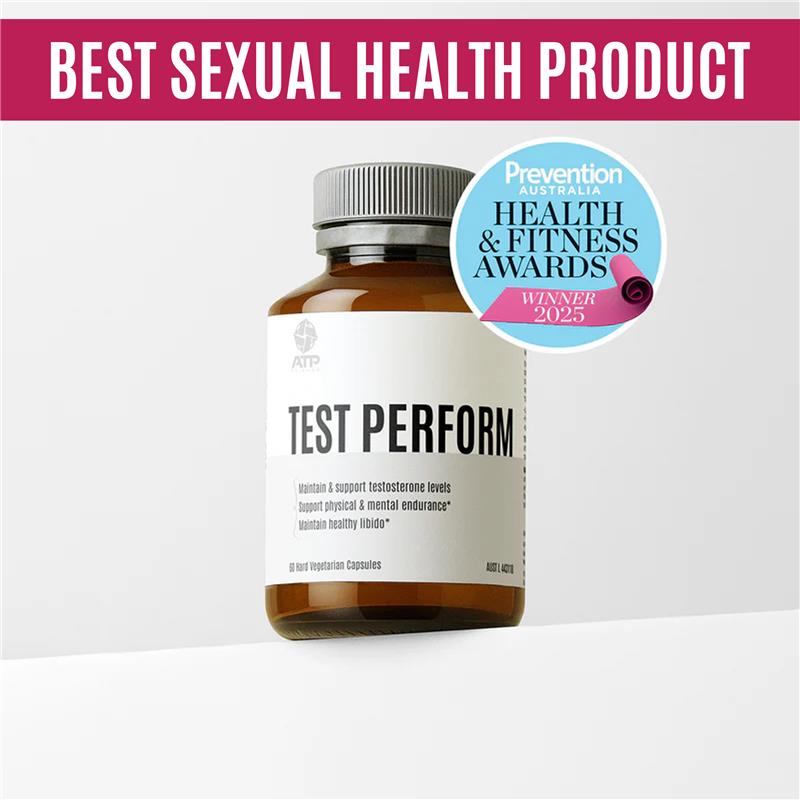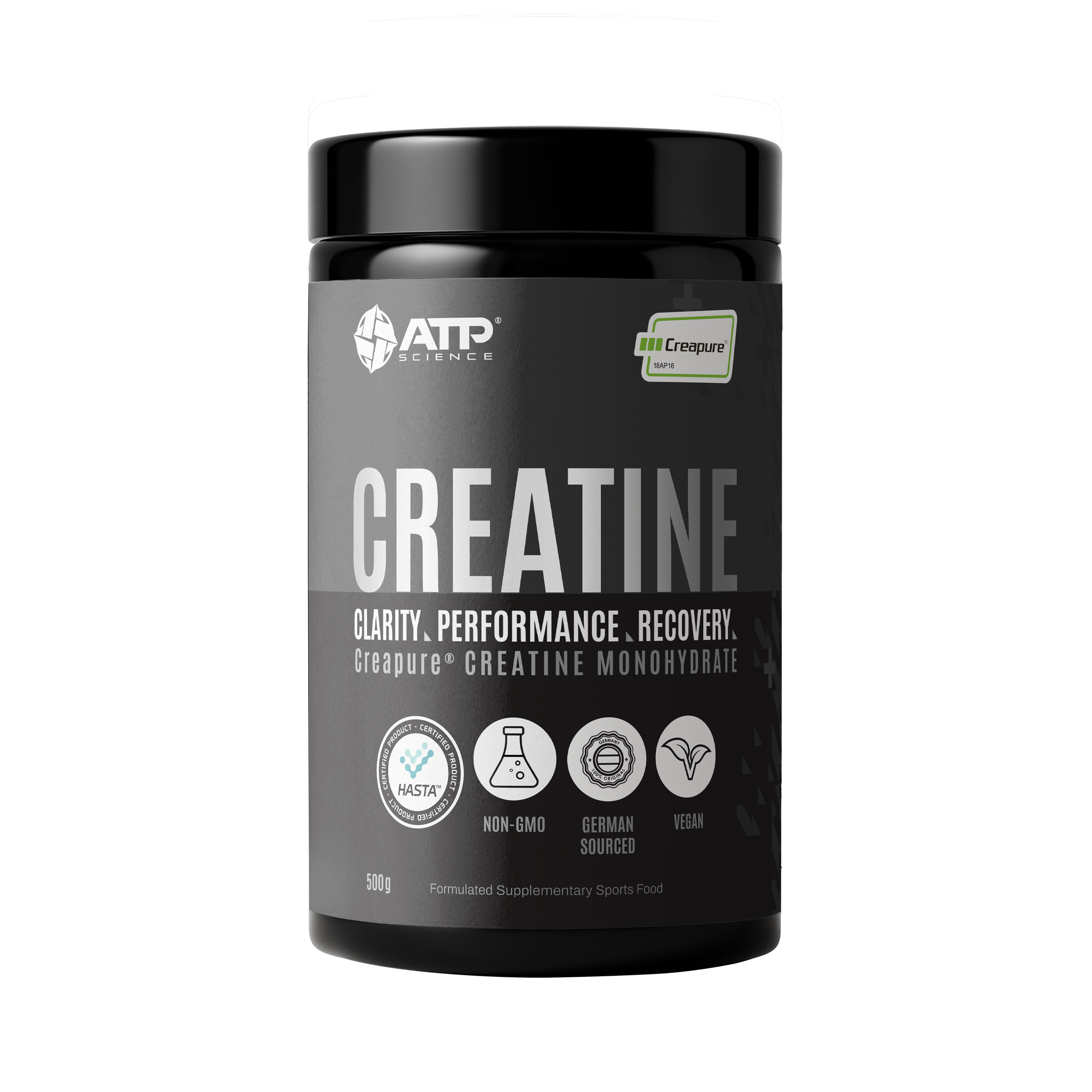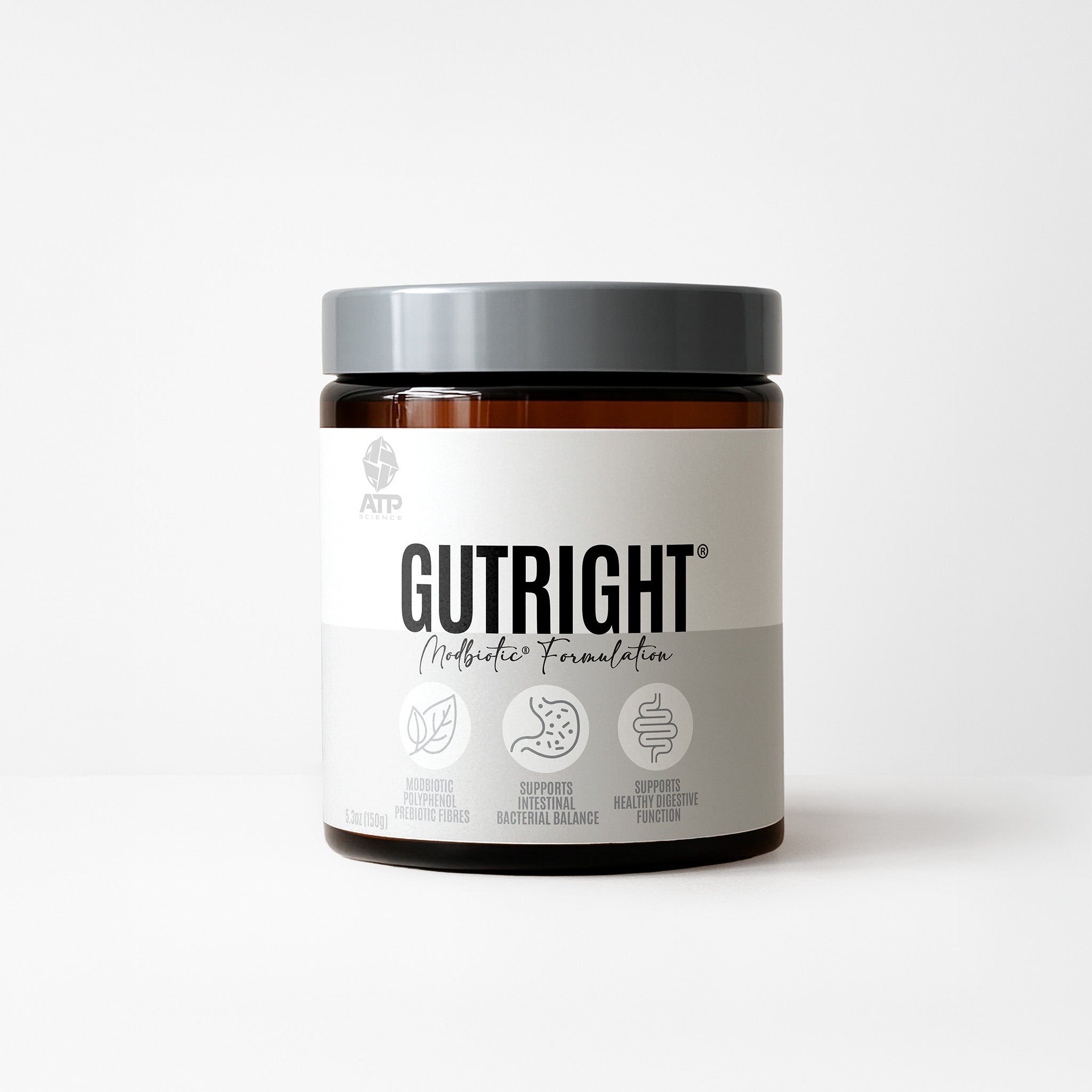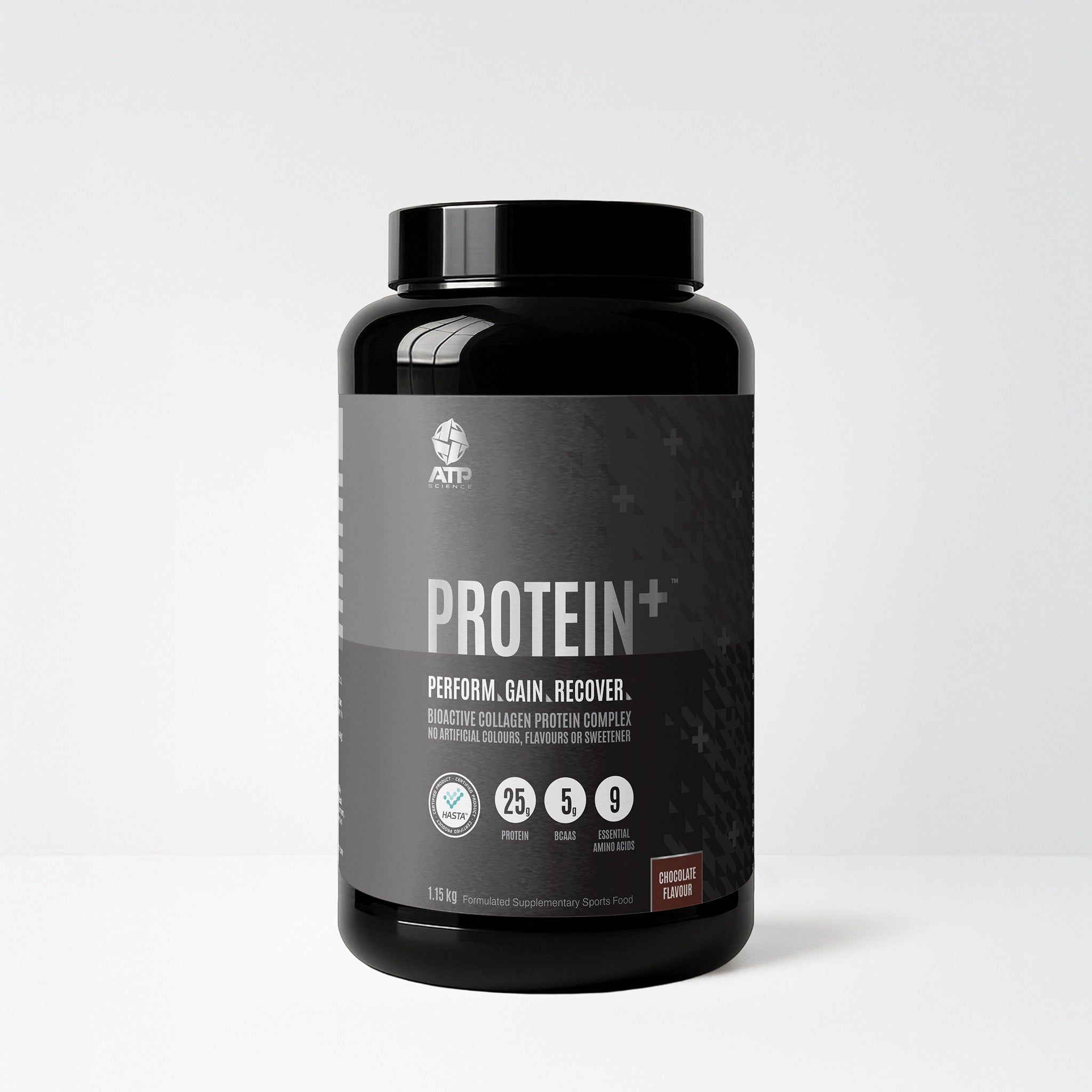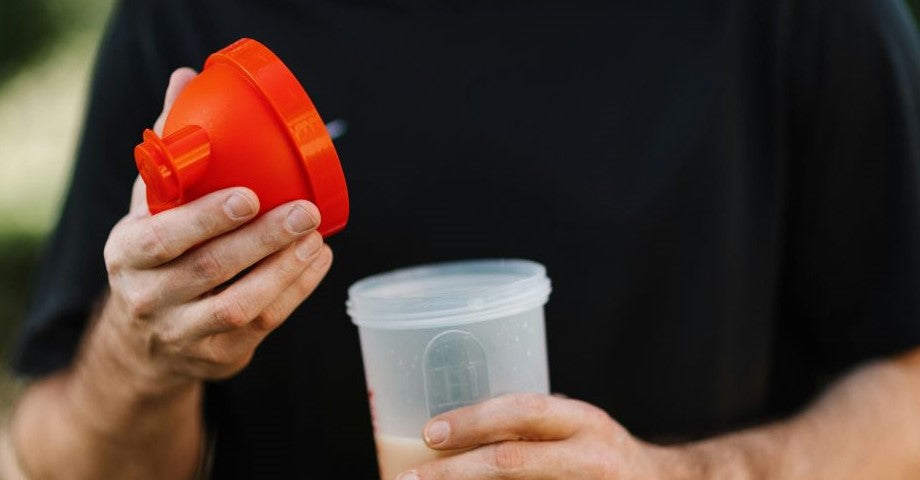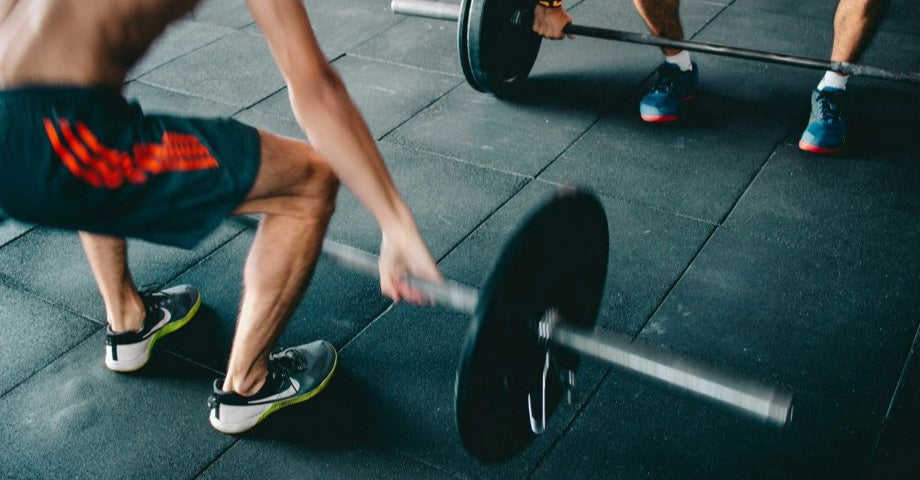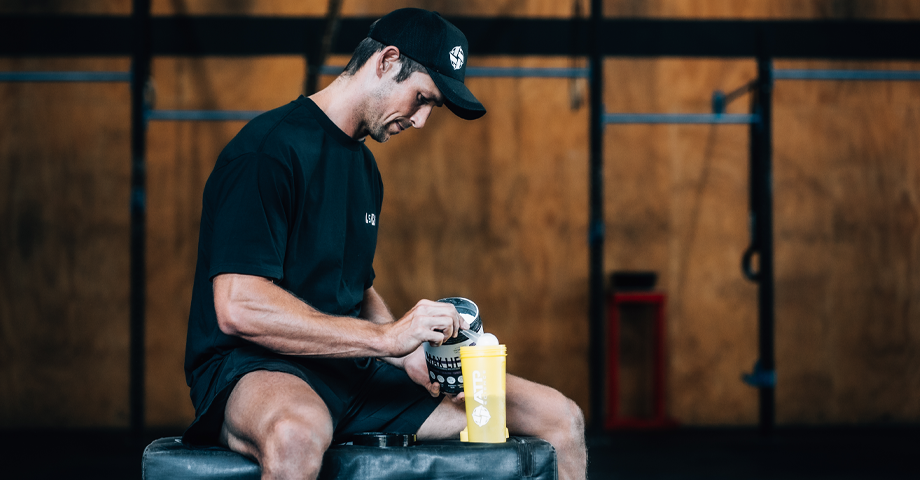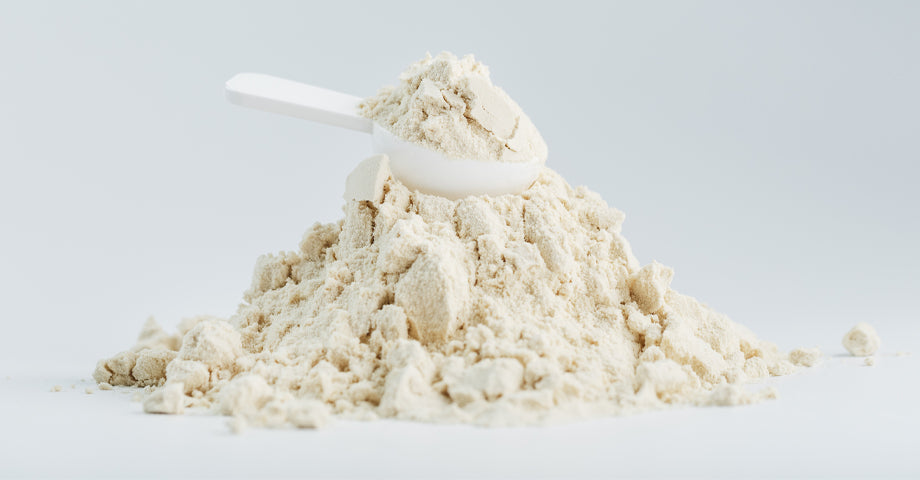In this review we are breaking down the findings of a study completed on Recreationally active men, over the course of 12 weeks of specific Hypertrophy Resistance Exercise training. This form of training was then followed with the supplementation of Collagen Peptides.
Purpose: Collagen has been greatly shown to increase Fat-Free Mass and strength in Sarcopenic men where muscle mass was extremely low. (1) However, this was not as a realistic approach as those already in a trained state adding in supplementation of collagen peptides to their regime. A recent article published 14th of May 2019 this year covered off on this variable. To investigate not just the fat-free mass increase effects of Collagen Peptides added to the diet, but the actual protein composition of skeletal muscle in recreationally active men completing a standard 12-week Hypertrophy resistance regime, or RET (resistance Exercise Training).
Establishing the difference between Fat-Free Lean mass vs Skeletal Muscle specifically.
Also known as ‘Lean Body Mass” is anything that contributes to a measurable mass weight/value in the body. This includes the following:
- Skeletal Muscle.
- Bone.
- Water.
- Organ tissues.
This study was conducted to the angle at only measuring specifically the total Skeletal Mass component before and after the RET 12-week. This physical data was extracted using Vastus Lateralis Muscle Biopsy to measure total protein content of the muscle before and after the 12 weeks.
Specific Collagen Peptides - Study Methods:
Double-blind Randomised trial – this means there is no chance for known bias. Neither the team of researchers or the patients know what they are getting given. There is no swayed bias when conducted this way.
25 Young men were used over the course of the 12 weeks each of which completing the 12-week RET.
-
Age Groups mid-ranged from 24.2 +/- 2.6 years.
-
Body Mass prior to ranged 79.6 +/- 5.6kg
-
Height Ranged 185.0 +/- 5.0cm
-
Fat Mass 11.5% +/- 3.4%
-
Training 3 x days per week.
Double-Blind Method:
The group of men was either given 15g of Specific Hydrolysed Collagen Peptides (col) within 60 mins post resistance training.
Or
15g of non-caloric contributing placebo (Silicon Dioxide)
Muscle Proteome
Muscle proteome analysis was conducted via Liquid Chromatography tandem mass spectrometry (LC-MS/MS). What the heck does this mean?
Muscle Proteome means - The entire complement of proteins that is or can be expressed by a cell, tissue, or organism at any given time.
Liquid Chromatography-Tandem Mass Spectrometry – allows for a more in-depth analysis of physical separation between mixtures/chemical components with multiple layers while also being able to see the structural identity of individual components. They can be used individually as LC and MS on their own but used in tandem, they provide a greater fundamental understanding of Biochemical, organic and inorganic compounds found in even the most complex of samples taken from either Environmental or biological origin.
Delving into the study
Now that we have gotten the method and tech out of the way, let's delve into the study and see what they found shall we…
Skeletal muscle and why it’s important – Well, this no doubt should be an obvious one, skeletal muscle is the element of the body that provides a pivotal matrix to our structure, our strength, metabolism, health, and aging capacity. Previously what we know about the actual building of muscle mass (Muscle Protein Synthesis) comes down to a few contributing factors
-
Stimulation and activation through the mechanical load, putting the muscle under a repetitive weighted load to engorge, stretch and tear the muscle fibers, stimulating repair and greater synthesis of muscle status.
-
In addition, with training and putting the muscle under load – the addition of dietary protein and nutrients in the form of Amino acids, this will commonly be seen in the use of intake around Branched Chain Amino Acids in the facilitative effect of stimulating mTOR (mammalian target of Rapamycin). This is often why people opt for a protein supplement post-training to stimulate Muscle Protein Synthesis.
Other benefits to Resistance training
External but interconnective benefits to skeletal muscle mass from resistance training is all of the other structural elements required to support the muscles themselves. Bone density is improved, cartilage, ligaments, and tendons all adapt to the frequent Resistance Training weight loads placed on the muscle contractile system.
Where does collagen contribute to this?
Collagen continually gets a bad wrap for being an “incomplete” protein due to it not containing the Amino Acid Tryptophan. Trust us if you are eating a diet rich in eggs, poultry, chickpeas, almonds, fish even dates and pumpkin seeds are rich in Tryptophan. In other words, are you going to throw collagen out the window purely because it doesn’t have Tryptophan? Well, we hope not, because the collagen peptides are supplemental, not your sole source of protein – 15g is not enough to replace a whole days’ worth of protein… When you take something like a collagen peptide, you are getting a specific function for the body – like a site foreman directing the crew to build a structure. You have a protein strand cleaved at specific points to provide a specific function to the body, making it more efficient again that it is semi-digested through the hydrolysation process to be absorbed intact.
Collagen, as a protein is high in 2 non-essential amino Glycine and Proline and 1 essential amino acid, Hydroxyproline. Together they form this elastic triple helix formation protein called collagen. Collagen contributes to 30% of our total body protein – it's in muscle, ligaments, tendons, cartilage, skin, fascia and hair and bone. Anything that requires movement and an elastic type structure contain collagen, yep even bone! It is the most represented protein in our body.
Lack of leucine…
We established above that collagen is abundant in 3 main amino acids, Glycine, Proline, and Hydroxyproline. But it is, however, lower in leucine; leucine carries the heavyweight title of being the king of stimulating Muscle Protein Synthesis, this is where the stigma that whey and supplementation with Branched-chain amino acids come into play, they are both heavily abundant in leucine. The science is there, leucine definitely does aid in mTOR for the purpose of muscle protein synthesis. They have been the triumphant holders of this title since science could prove its functions in the body. The new kid on the block Collagen is a little misunderstood in how it contributes to Muscle Protein synthesis… but its more than just skin deep in its ability. Hence this study to isolate the Skeletal Muscle stimulation outside of just FFM.
Resistance Exercises Undertaken during the 12-week study –
Three controlled resistance exercise training sessions per week of which the following was completed:
- Squat.
- Deadlift.
- Bench Press.
- Rowing with Barbells.
- Knee Extensions.
Each session started as:
Standardized supervised warm-up.
1 x Set of 10 repetitions at 50% capacity 1 rep maximum.
Followed by 3 sets of 10 repetitions at 70% of the patients 1 set maximum capacity.
In between sets, there was a 2 min break.
Total of 32 sessions was completed over 12 weeks.
Tests were performed before and after the 12-week study protocol:
Each applicant underwent Anthropometric Measurements (a measure of muscle, bone, and adipose to assess composition), Isokinetic strength testing, 1Rep max test, and muscle biopsies of the Vastus Lateralis.
Diet Diary:
A consecutive three-day nutritional dietary diary was also kept during the intervention period to evaluate the patient’s daily intake of Carbohydrates, protein and fat with PRODI®. These three days consisted of two weekdays and one weekend day.
Supplementation:
The specific collagen peptides used in this study where that of Gelita AG (BodyBalance ™), and the Placebo used was Non-Caloric Contributing silicon dioxide.
Both were dissolved in 250ml water and consumed within 60mins of training with no additional caloric intake within 60 mins of training to avoid any cross interactions of the supplement and additional foods or beverages.
Testing day conditions:
Before and after intervention testing days were conducted on the same day of the week, under the same conditions, both fasted 12 hours prior to their inner body scan – (InBody 770) to reveal their:
- Total Body Mass.
- Fat-free Mass.
- Fat Mass.
A small breakfast was prepared and their 1 Rep Maximum found.
To detect any non-responders a venous blood sample was taken 2hrs after supplementation to measure a collagen specific amino acid – Hydroxyproline. After this, the muscle biopsy discussed earlier was undertaken – its important to note that the first and second muscle biopsy was taken 3cm Proximal to the first biopsy to eliminate as many possible variables in muscle fiber composition before and after.
Results – what you have all been waiting for…
The conclusion of the study found that hypertrophy resistance training in conjunction with collagen supplementation showed greater increase in the following areas:
- Significantly higher BM after the 12 weeks.
- Significantly higher Fat-Free Mass.
- A notable increase in muscular strength.
What was interesting is that the Collagen Group showed significance in the following areas compared to placebo:
- A higher number of upregulated proteins.
- The significantly higher amount of pathways upregulated in association with resistance exercise.
This indicating a stronger effect on the accumulation of both resistance exercise training and Collagen Supplementation than the placebo group alone. Clarification on direct strength increase is still yet to be investigated further and in comparison, with other protein sources for future studies.
Take home interest for further reading
One aspect of this study that we found particularly of interest is collagens direct effects on the contractile pathways that were upregulated – both the sarcomere and cytoskeleton compared to the placebo group which showed none. The collagen group showed a significant difference in the protein response in the collagen group in comparison with the placebo group, when interestingly in section 3. on page 5 of 18, the placebo group actually ingested more protein through their diet than that of the collagen group at approx. 0.2g more per kilo but didn't show the same muscle results as that of the collagen group.
The collagen group showed a significant upregulation of 192 pathways including the following categories:
- Cell Cycle. 47 Pathways.
- Signal Transduction. 31 Pathways.
- Immune system. 27 Pathways.
- Metabolism of proteins. 23 Pathways.
- Cellular metabolism. 15 Pathways.
- Cellular response to external stimuli. 11 Pathways.
- Metabolism of mRNA. 11 Pathways.
- Developmental Biology. 6 pathways.
- Gene Expression. 6 Pathways.
- Muscle Contraction. 3 Pathways.
- Others – CREB Phosphorylation through activation of CaMKII. 12 Pathways.
When you have a read through the figures more in-depth in the paper, you will notice in the signal transduction section it is shown to upregulate Mitogen-Activated Protein Kinases (MAPK), shown in skeletal muscle to be present after exercise.
The MAPK cascades are activated and driven by intracellular stress and contraction movements through exercise. The MAPK cascade regulates cell growth and differentiation through the influence of Transcription, Translation, and Cytoskeleton. For those unaware of the cytoskeleton, it is the interlocking protein filaments that contribute to the cell nucleus through to the cell membrane. The cytoskeleton and sarcomere work together to contract a muscle. The sarcomere is the striated sector – organized individual filament systems that include actin and myosin, titin and nebulin. You will see on Page 12 of the study – that dominant protein involved in the contractile movement of cells are increased in the collagen group – Myosin, Myotilin and also sarcoplasmic reticulum Histidine rich calcium-binding protein, used in the storage of calcium ions for contraction. Some more fascinating figures to be looked into, holding a promising outlook for the future of collagen!
Paper Reviewed: https://www.mdpi.com/2072-6643/11/5/1072/htm
Other References mentioned:
-
Collagen peptide supplementation in combination with resistance training improves body composition and increases muscle strength in elderly sarcopenic men: a randomised controlled trial. Zdzieblik D1, Oesser S2, Baumstark MW3, Gollhofer A1, König D1. Br J Nutr. 2015 Oct 28;114(8):1237-45. doi: 10.1017/S0007114515002810. Epub 2015 Sep 10.







